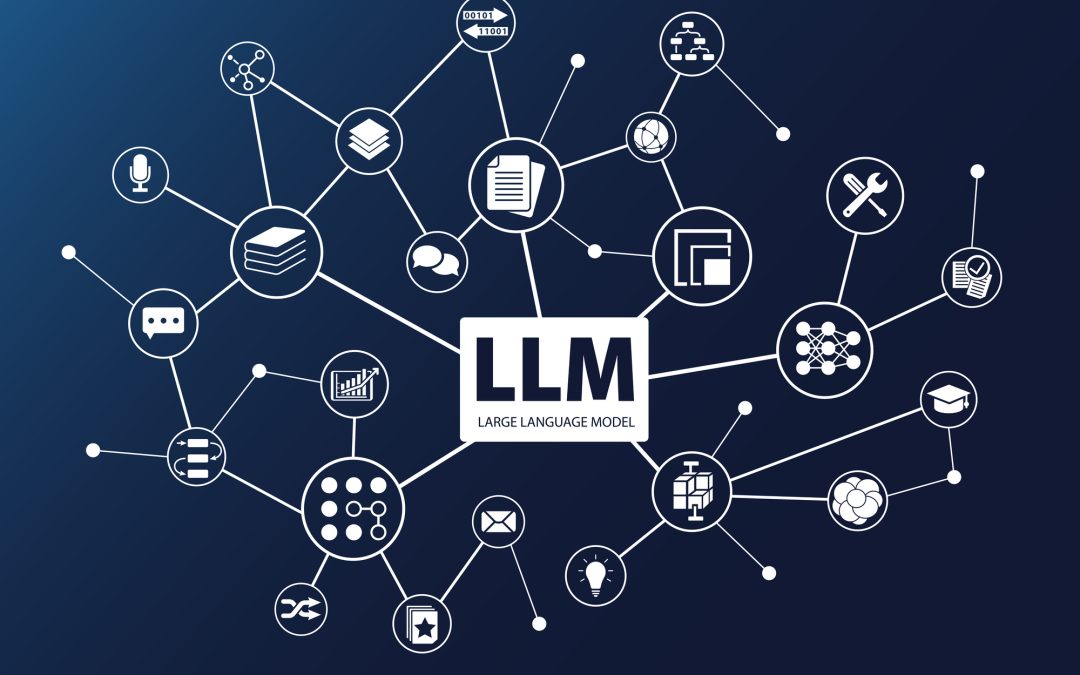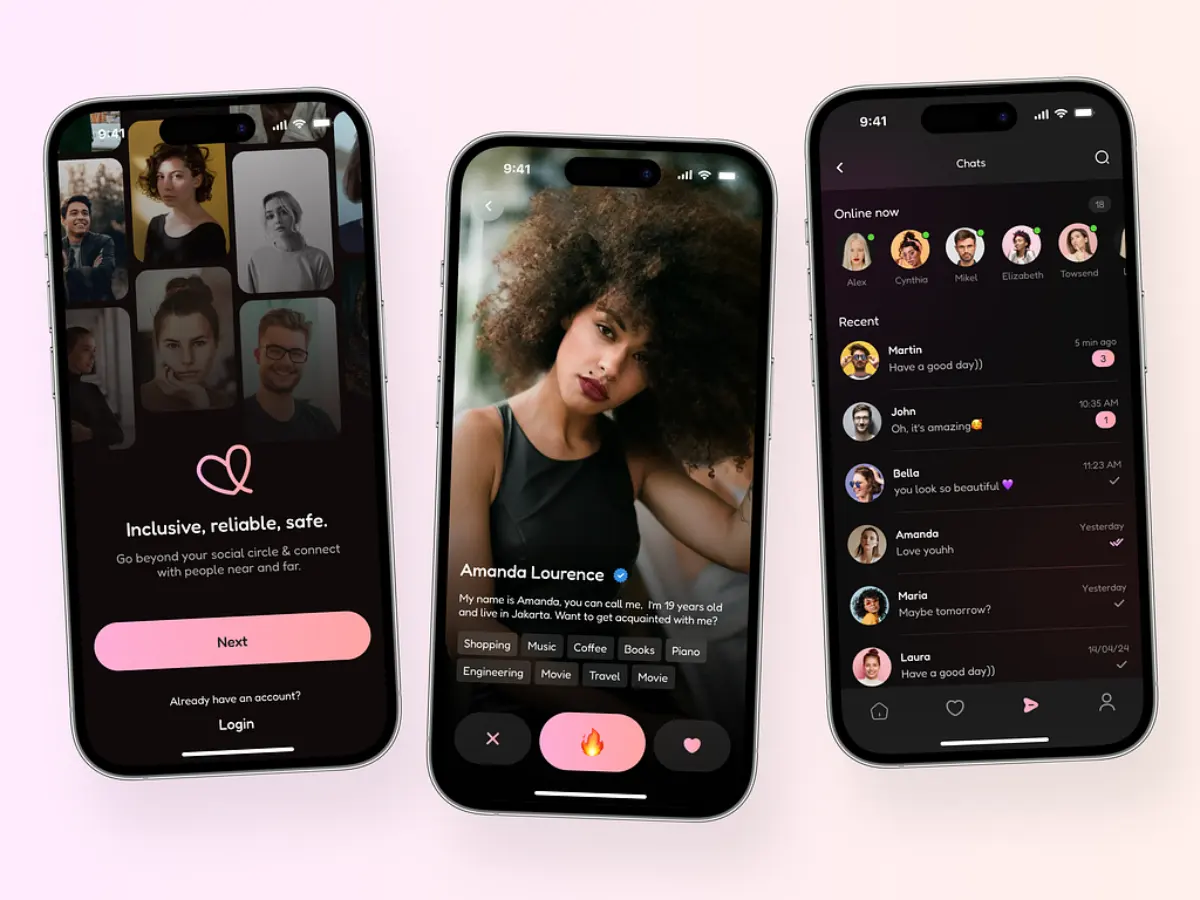The Next Generation of Large Language Models


Large Language Models (LLMs) are computer programs that can understand and generate natural language, like words and sentences. They can do many things, like chat with people, write stories, or answer questions.
The next generation of Large Language Models (LLMs) is emerging in the constantly changing field of generative AI. They are revolutionizing how we interact with and leverage artificial intelligence.
In this article, let’s explore three exciting areas that could shape the future of LLMs:
One of the most pressing challenges in AI development is the need for high-quality training data. However, the next generation of LLMs is breaking new ground by creating their own training data. These models possess the impressive ability to synthesize new content based on the knowledge they’ve acquired from diverse external sources. By generating their own training data, these models can continuously improve themselves, mitigating the data shortage problem that has long plagued AI research. This breakthrough not only enhances the performance of LLMs but also expands their potential applications across various domains.
Ensuring the accuracy and reliability of information generated by LLMs is paramount, especially in applications where accurate information is critical.
To address this challenge, innovative models are emerging with the capability to fact-check themselves in real time. By leveraging external sources, these models verify the information they generate and provide references and citations to support their assertions. This advancement represents a significant step towards enhancing the trustworthiness of AI-generated content and mitigating the spread of misinformation. With self-fact-checking capabilities, LLMs are poised to become more reliable partners in decision-making processes across industries.

Large Language Model
Traditional LLMs often suffer from computational inefficiencies due to their size and complexity. However, a novel architectural approach is revolutionizing the landscape of large-scale AI models.
Massive Sparse Expert Models (MSEMs) adopt a unique strategy by activating only the most relevant subset of parameters for a given input, significantly reducing computational overhead while preserving model interpretability. By prioritizing relevance over sheer volume, MSEMs achieve greater efficiency without compromising performance, making them ideal for resource-constrained environments and applications requiring real-time inference. This breakthrough paves the way for the development of larger, more powerful, scalable, and practical LLMs.
In conclusion, the next generation of Large Language Models is ready to unlock unprecedented potential in generative AI. By generating their own training data, fact-checking themselves, and adopting innovative architectural designs, these models will push (or they actually are pushing) the boundaries of what AI can do.
As we embrace these advancements, it’s essential to stay informed and adapt to the evolving landscape of AI technology. The future promises limitless possibilities, and by harnessing the potential of next-generation LLMs, we can usher in a new era of innovation and discovery.
Reference:
Toews, R. (2023, February 7). The next generation of large language models. Forbes.


Table of Contents1. Models that Generate Their Own Training Data2. Models that Fact-Check Themselves3. Massive Sparse Expert ModelsConclusion In the fast-evolving world of online dating, understanding the cost to build a dating app is vital for anyone looking to break into the market. From the initial concept to the final launch, the journey requires careful planning around feature selection, platform compatibility, and user security—each of which plays a critical role in shaping both the app’s functionality and its budget. The online dating market, valued at USD 9.4 billion in 2022, is projected to reach a staggering USD 15.78 billion by…
22 October, 2024

Table of Contents1. Models that Generate Their Own Training Data2. Models that Fact-Check Themselves3. Massive Sparse Expert ModelsConclusion You’ve started a business, and now you need a website. But no one on your team knows much about coding, and hiring a full-time web developer just isn’t in the cards right now. Sound familiar? If so, outsourcing your web design might be the perfect solution. Whether you’re a startup building your online presence or an established business looking for a website refresh, outsourcing can help you get there faster and more affordably. In fact, according to the United States Bureau of…
21 October, 2024

Table of Contents1. Models that Generate Their Own Training Data2. Models that Fact-Check Themselves3. Massive Sparse Expert ModelsConclusion With much of our communication happening online, it’s no surprise that the dating world has also shifted in the same direction. In 2021, 49 million people in the U.S. alone turned to online dating services—whether to find a serious partner or just enjoy a fun date. The trend became even more pronounced in 2020, as men and women increasingly embraced online dating during pandemic lockdowns and social distancing measures. Additionally, almost half of men and women report that they struggle to approach…
18 October, 2024


Thank you for your interest in TECHVIFY Software.
Speed-up your projects with high skilled software engineers and developers.
By clicking the Submit button, I confirm that I have read and agree to our Privacy Policy